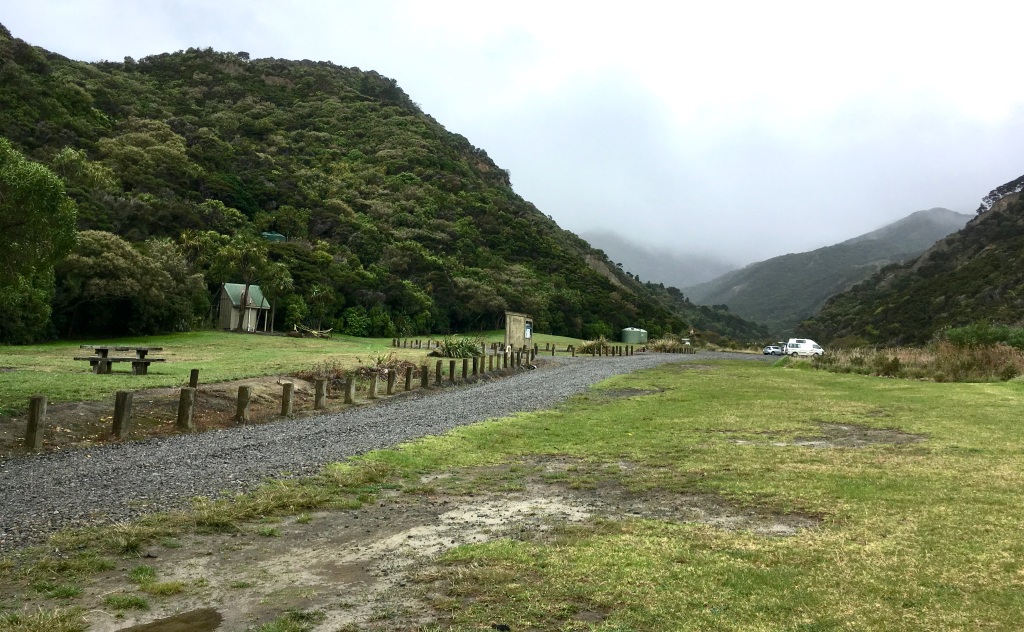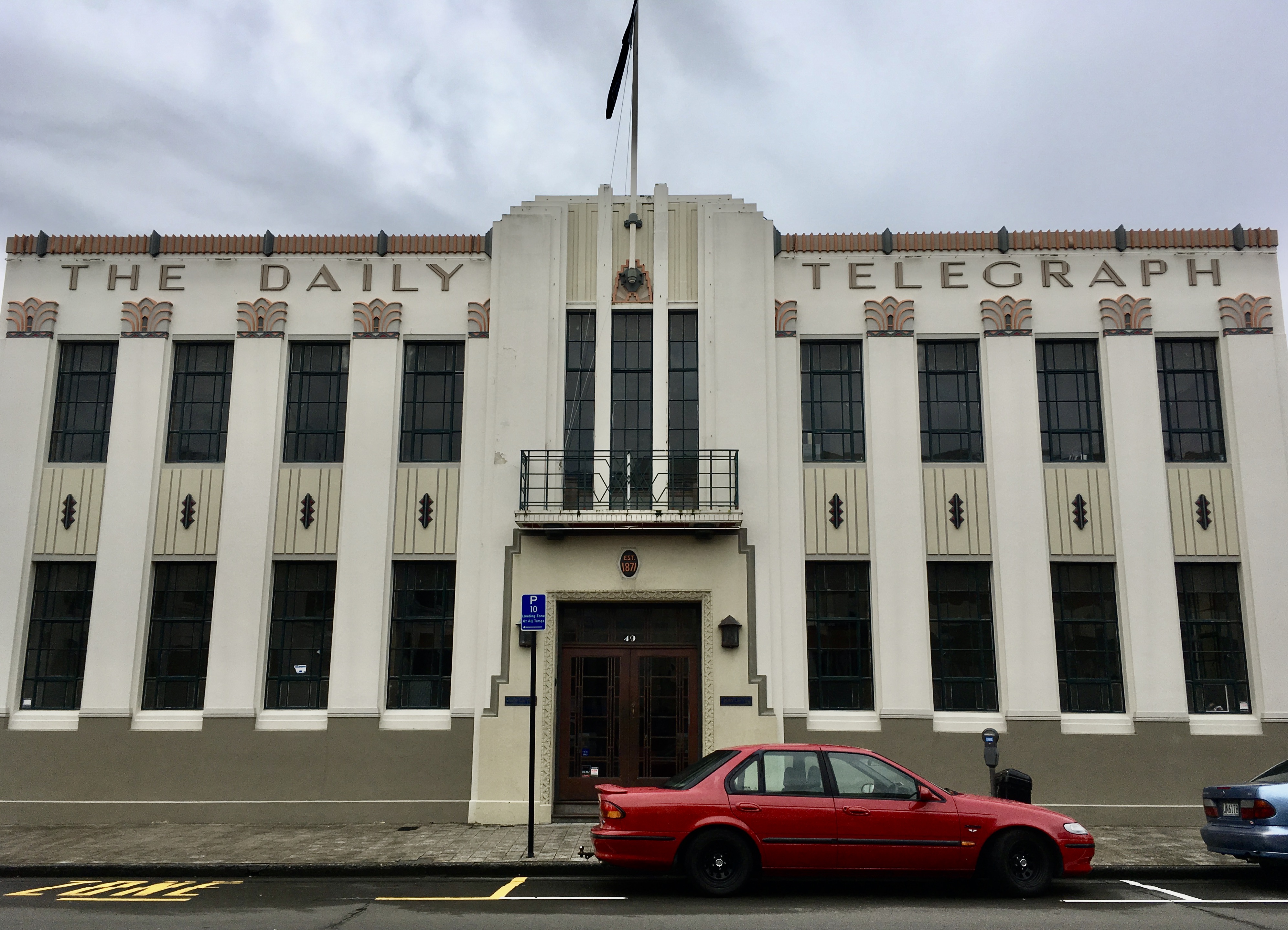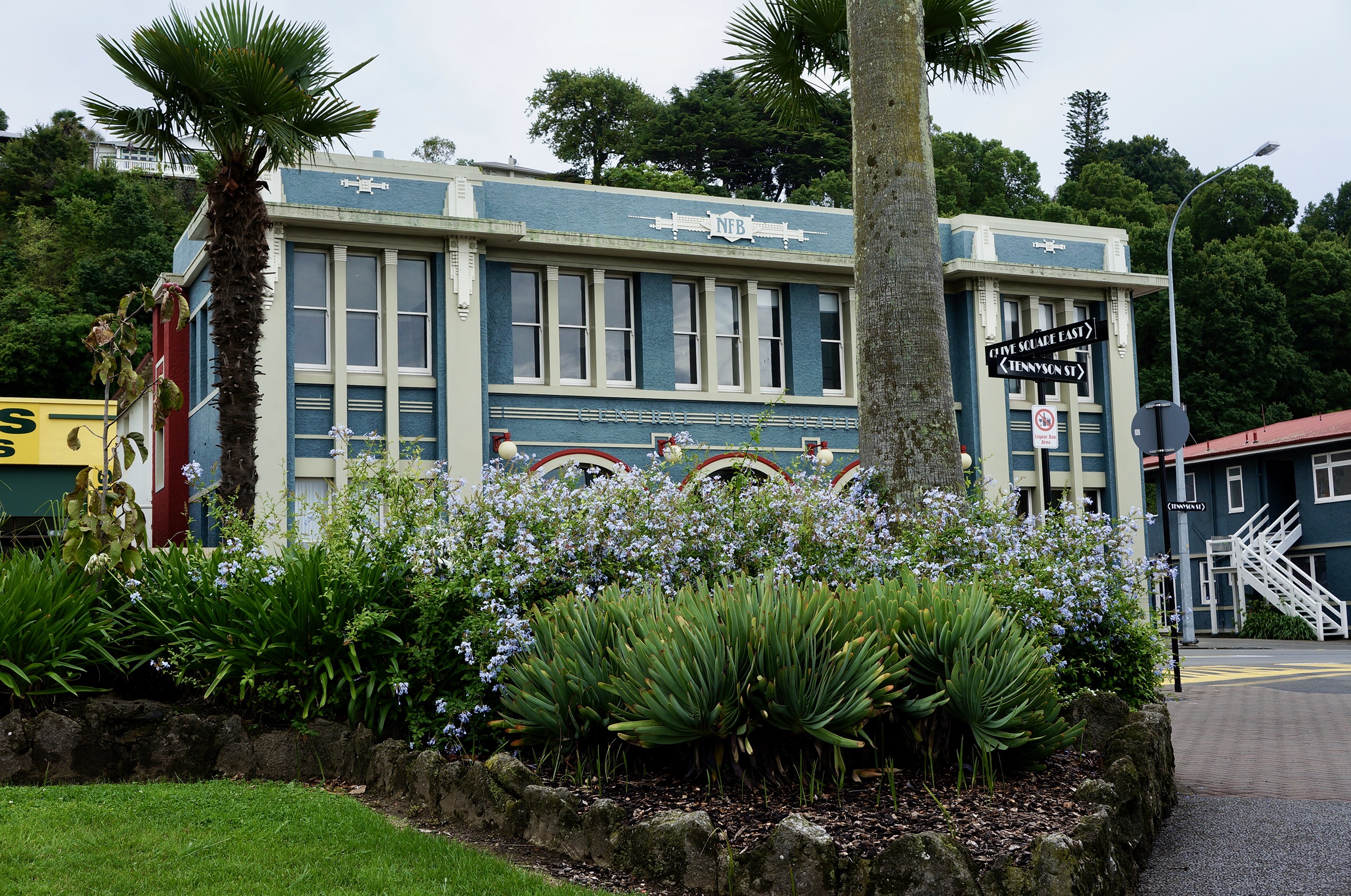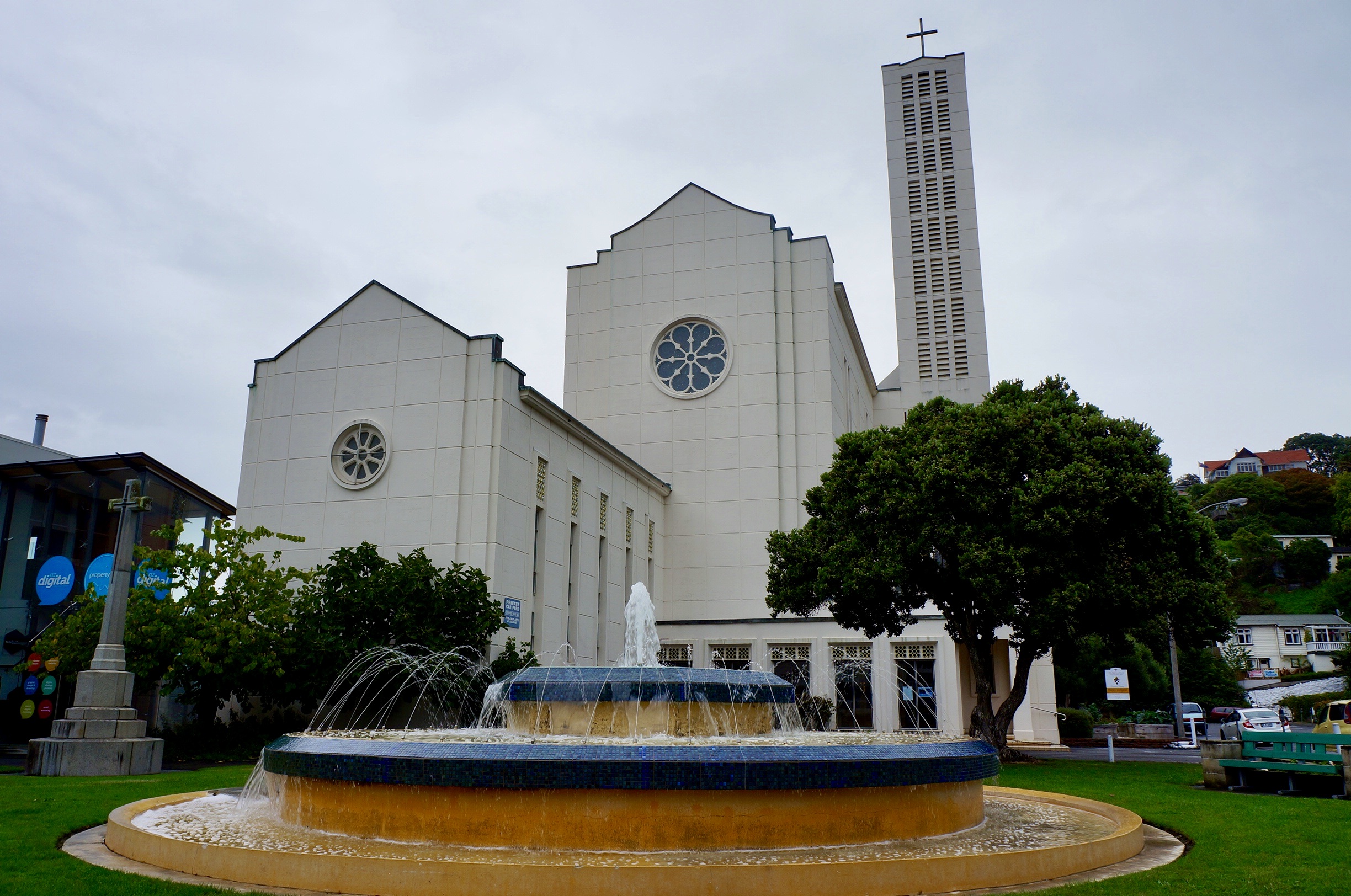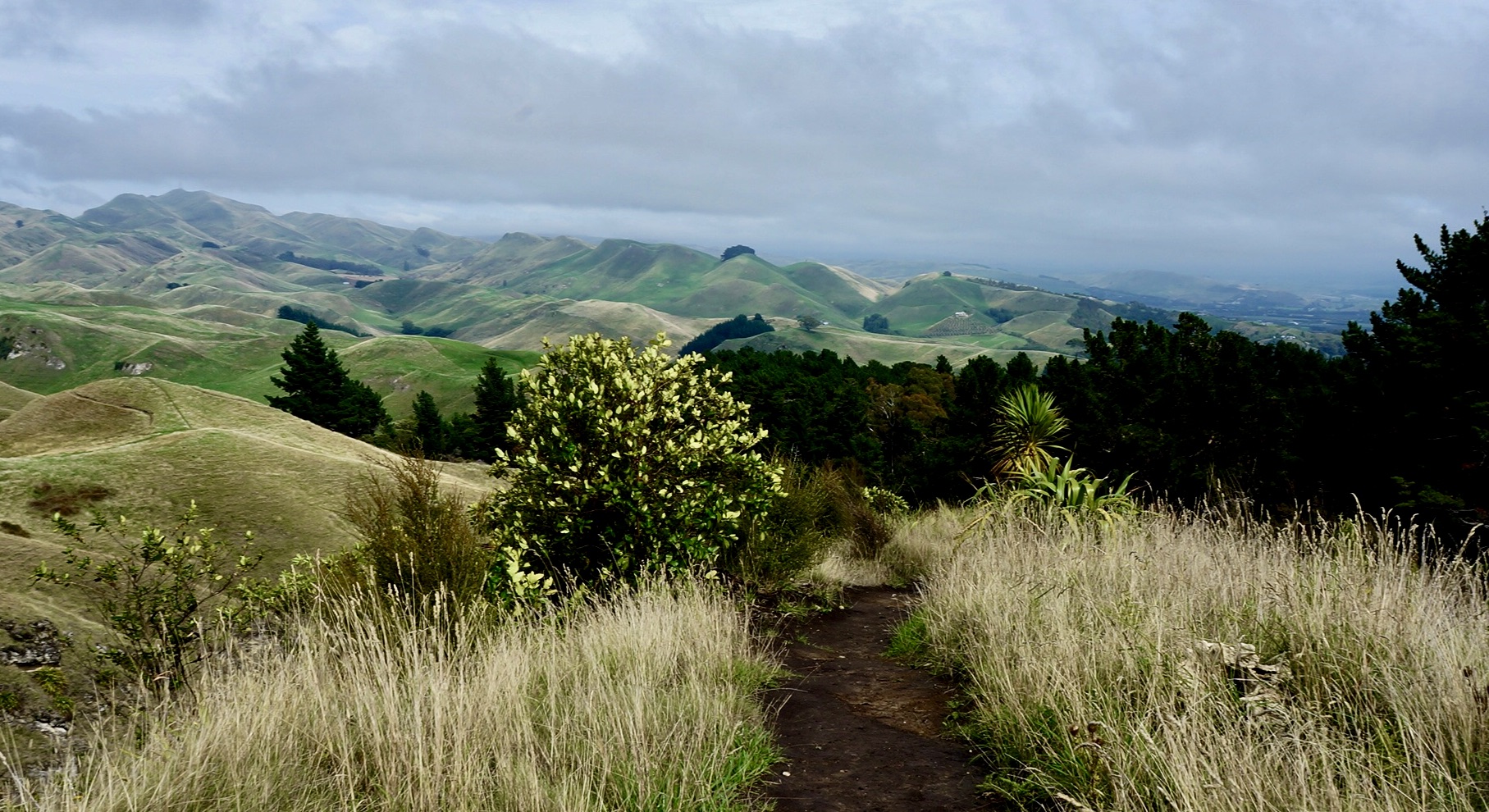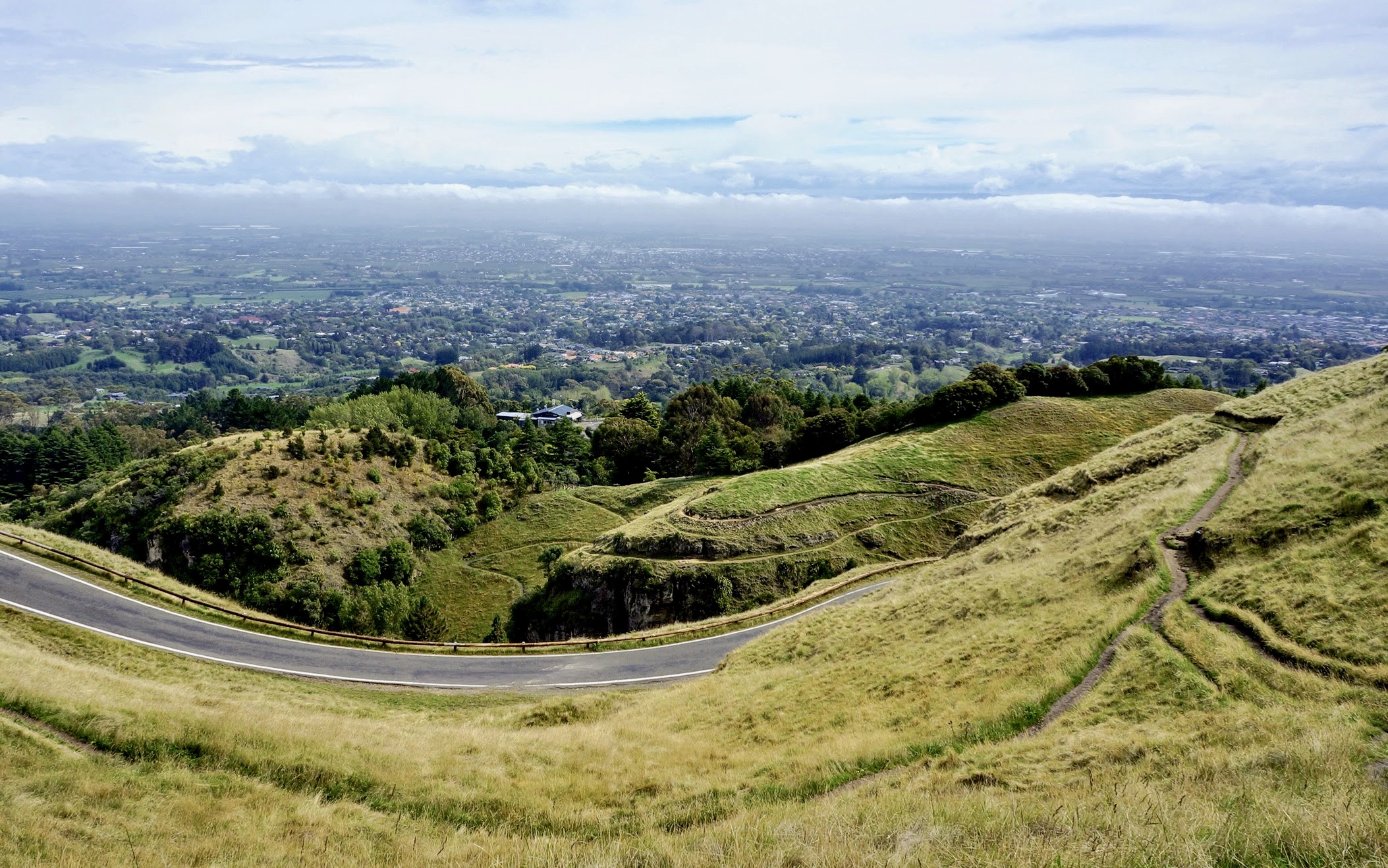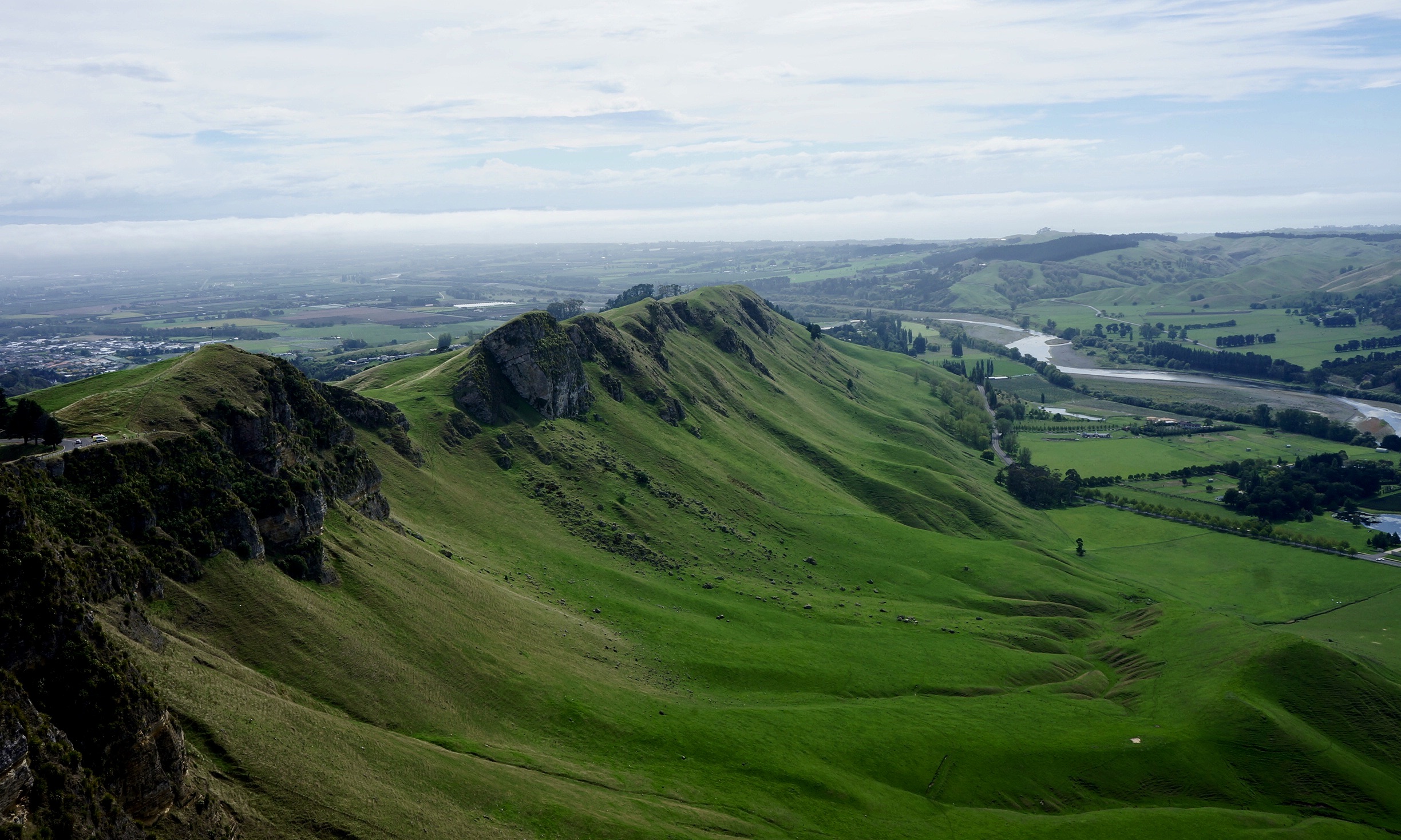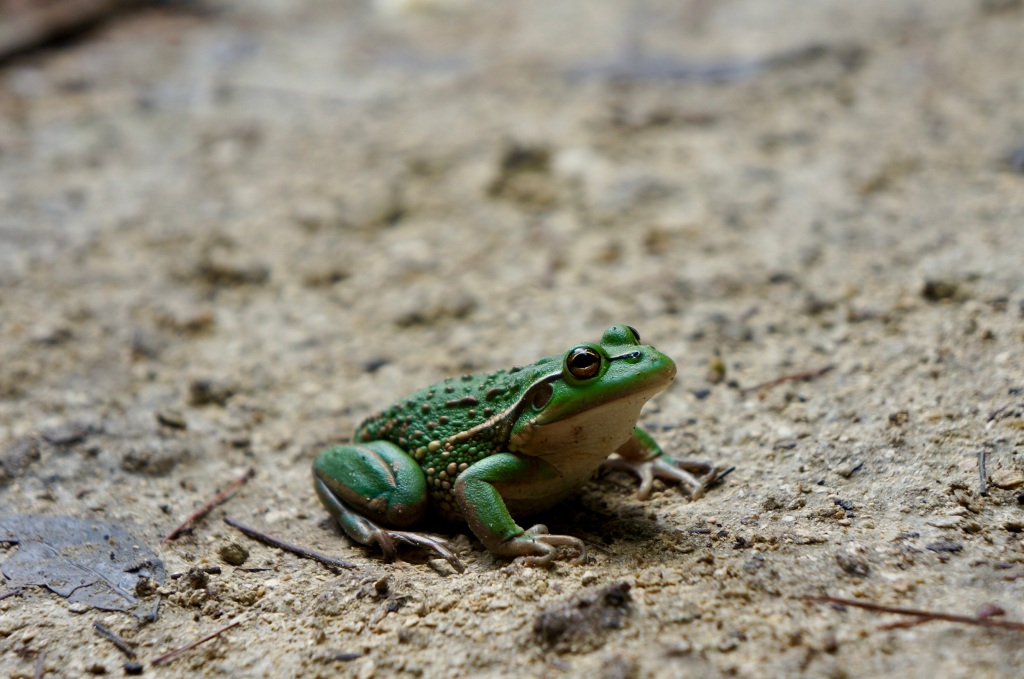A four and a half hour drive south from Napier is Cape Palliser. It’s at the bottom end of the North Island, and is famous for its cliffs and lighthouse. Happy with our excursion in historic Napier, we were ready to get back into the wilderness, and do some more camping. The spot we chose for camping was Putangirua Pinnacles, which is on the western edge of the Aorangi Forest Park. Always a sucker for parks, cliffs, and lighthouses, this seemed like the perfect destination.
After setting up camp, we decided to head out to see the lighthouse at Cape Palliser. We were also hoping to catch a glimpse of the seal colonies!


The drive along the bay was beautiful. With sea green waves lapping against the coast, it was hard to take your eyes off the sea. The road is somewhat narrow, and there are many signs warning of falling rocks and of “active slip”, meaning we were in a land slide area. There were also plenty of large rocks on the road itself, a reminder that they could fall from the cliffs at any time.


The drive takes you through the little fishing village of Ngawi. camping here is allowed, and interestingly, there appeared to be a souvenir shop. However, there did not appear to be any cafes or grocery stores.
About 10 minutes from the lighthouse, water was streaming across the road. We hesitated, not sure if our rental would make it (a little Yaris). But along came another similarly small car from the other direction, and it seemed to have no problem fording the river. So, inspired, we went through it as well.
And – good thing we did! Just on the other side were the fur seals! They were hanging out just across from the street. We of course jumped out and took some photos. They looked up at us, but for the most part didn’t really even acknowledge our existence. And we didn’t want to scare them, so we did keep our distance. But I could have spent hours just watching them. And, we did stop twice – on the way to the lighthouse, and then again on the drive back.

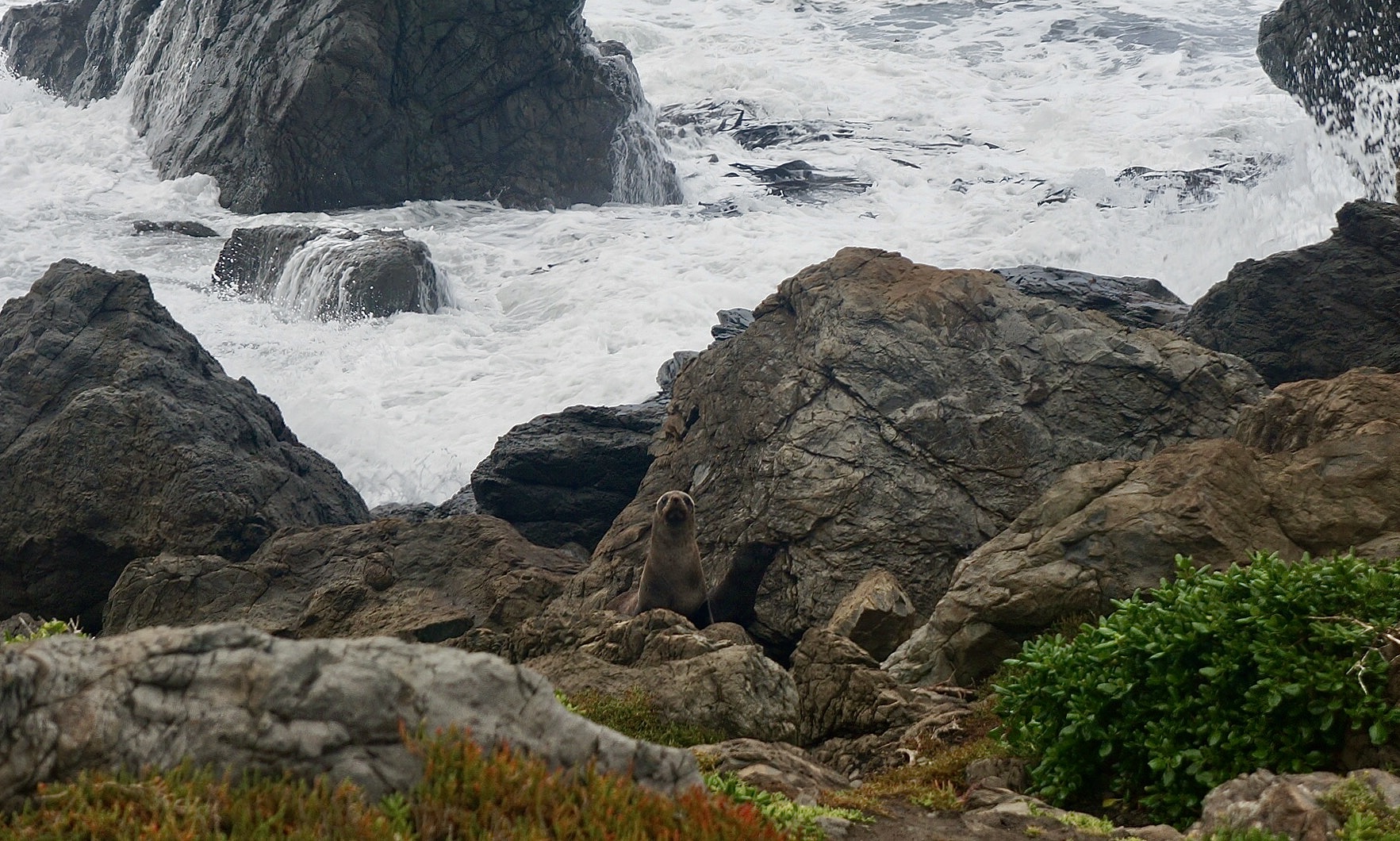
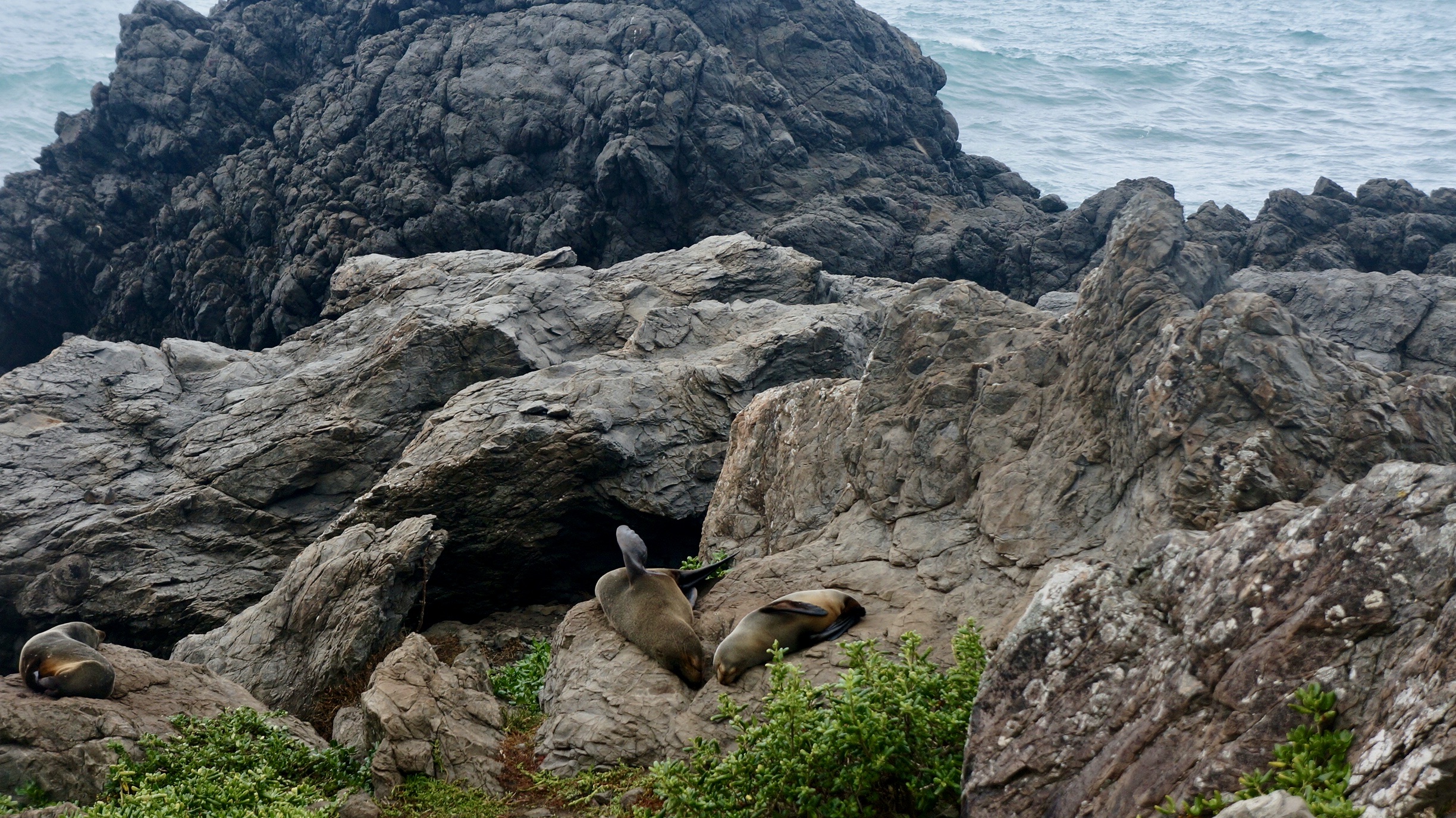






Then onwards to the lighthouse. There were a couple of houses along the way, some clustered together, and some on their own. You’d have to be pretty self-sufficient and brave to live all the way out there with the sea crashing all the time. We were still 2 hours from Wellington, and the roads didn’t seem like they were always passable.
At the lighthouse, which felt like the end of the world, there were two houses. In between the two houses is a path that leads to the 244 steps you climb to get to the platform of the lighthouse.


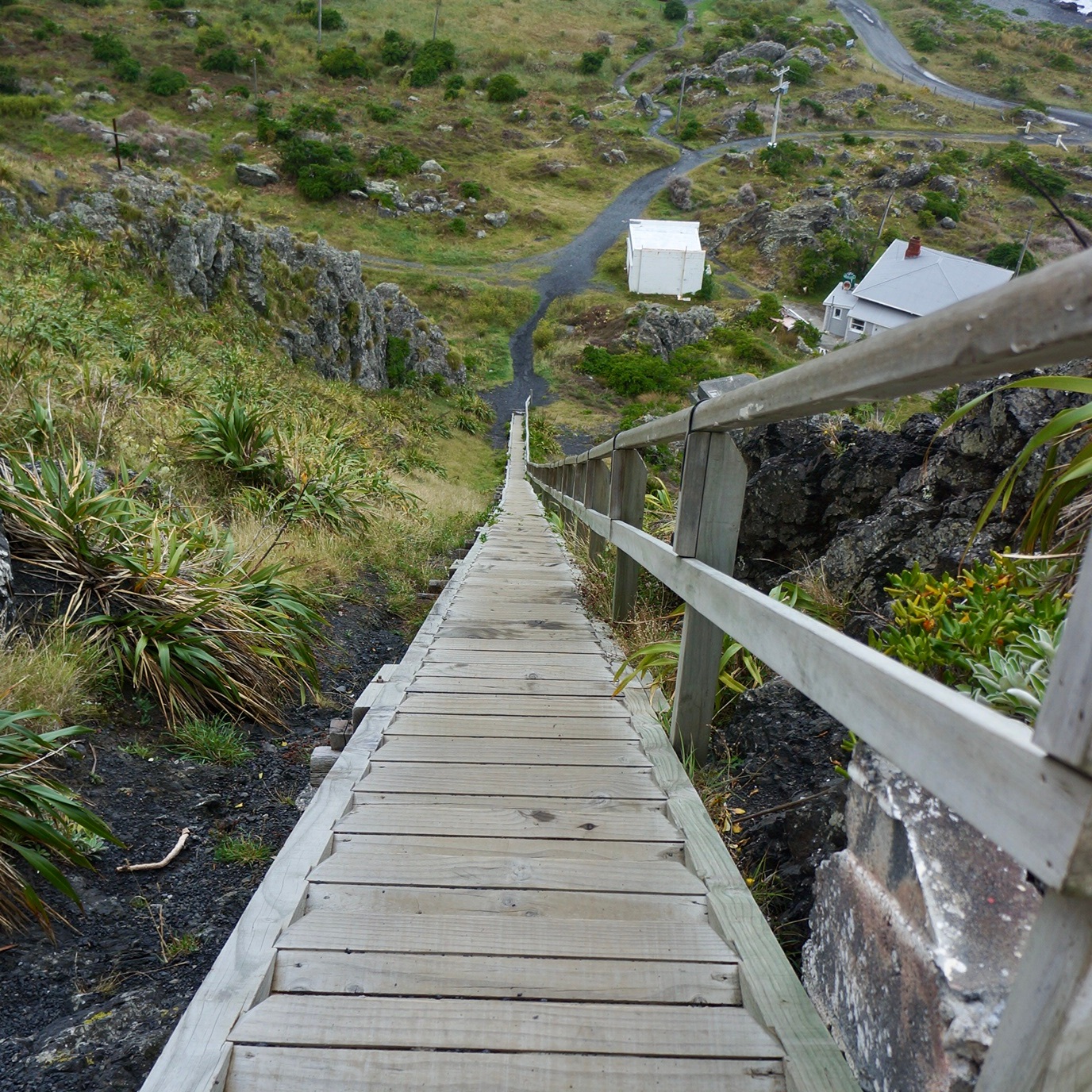

The views of the sea and the cliffs along the coast were spectacular.



